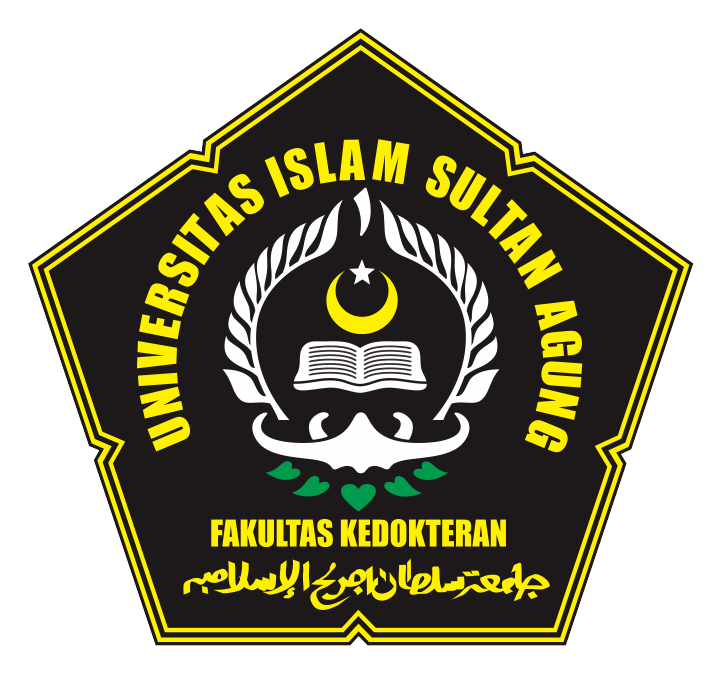Biochemistry Department, Medical Faculty, Sultan Agung Islamic University, UNISSULA, Semarang, Indonesia - Indonesia
Low Molecular Weight Antioxidant versus Flavonoids in Combating Oxidative Stress: Which One is Superior?
According to the free radical theory of aging, firstly proposed by Denham Harman, the most prominent cause of aging and degenerative diseases (DD) is continuously chemical reaction in cells and tissues. In this context aging and or DD is manifested as chemical composition, whilst aging process is reflected by chemical reaction affected by environment (Harman, 1981). Thus, both aging and DD have similar process, predisposed with oxidative stress and characterized by the progressive cellular alteration accumulation in line with time and account for increase in susceptibility to diseases and death. The most prevalent chemical reaction is between free radical reactive oxygen species (ROS) and reactive nitrogen species (RNS) with cellular biomolecules such as lipids, protein, carbohydrate, and DNA (Lamichhane et al., 2013). In order to prevent the deleterious effect of that chemical reaction, human’s body provides an antioxidant defense system to counterbalance the free radical dangerous effect. However, owing to inappropriate life style, eating style, physical activity, and poor environment, production of ROS and RNS may be increased and induce cellular damages. Numerous publications indicated that oxidative stress and cellular damages can be reduced even prevented by exogenous antioxidant, thus intake antioxidant from external sources is necessary. There are two type of exogenous antioxidant consisting of low molecular weight antioxidant (LMWA) and flavonoids. Unfortunately, the effect of LMWA on delaying aging and ameliorating DD remain inconsistent. On the other hand, numerous data indicate that flavonoids a botanical antioxidant was capable of improving oxidative stress and emerging as an alternative promising antioxidant (Sudhakaran et al., 2019). However, the effect of LMWA and flavonoids in combating oxidative stress remain unknown which one is better.
Keywords: Low Molecular; Weight Antioxidant; Flavonoids; Combating; Oxidative Stress; Superior
- Berry, E., Kohen, R., 1999. Is the biological antioxidant system integrated and regulated? Med. Hypotheses 53, 397–401.
- Bouayed, J., Bohn, T., 2010. Exogenous antioxidants — Double-edged swords in cellular redox state Health beneficial effects at physiologic doses versus deleterious effects at high doses. Oxid. Med. Cell. Longev. 3, 228–237. https://doi.org/10.4161/oxim.3.4.12858
- Chen WS, Lee YJ, Yu YC, Hsaio CH, Yen JH, Yu SH, Tsai YJ, Chiu SJ, 2010. Enhancement of p53-mutant human colorectal cancer cells radiosensitivity by flavonoid fisetin. Int. J. Radiat. Oncol. Biol. Phys. 77, 1527–1535. https://doi.org/10.1016/j.ijrobp.2010.02.043
- Etminan, M., Gill, S.S., Samii, A., 2005. Intake of vitamin E , vitamin C, and carotenoids and the risk of Parkinson’s disease: a meta-analysis. Lancet Neurol 4, 362–5.
- Harman, D., 1981. The aging process. Proc. Natl. Acad. Sci. U. S. A. 78, 7124–8. https://doi.org/10.1073/pnas.78.11.7124
- Huxley, R., Neil, H., 2003. The relation between dietary flavonol intake and coronary heart disease mortality: a meta-analysis of prospective cohort studies. Eur. J. Clin. Nutr. 57, 904–908. https://doi.org/10.1038/sj.ejcn.1601624
- Koren, E., Zverev, I., Ginsburg, I., Kohen, R., 2008. Supplementation with antioxidants fails to increase the total antioxidant capacity of several cell lines in culture. Biomed. Pharmacother. 62, 179–88. https://doi.org/10.1016/j.biopha.2007.12.012
- Kumar, S., Pandey, A.K., 2013. Chemistry and Biological Activities of Flavonoids: An Overview. Sci. J. 2013.
- Lamichhane, A., Chaudhary, V., Nk, S., Singh, M., Pandey, R., Sk, A., 2013. Low Molecular Weight Antioxidants ( lmwa ) and their Orchestration. Nepal J. Med. Sci. 2, 171–80.
- Lobo, V., Patil, A., Phatak, A., Chandra, N., 2010. Free radicals, antioxidants and functional foods: Impact on human health. Pharmacogn. Rev. 4, 118–126. https://doi.org/10.4103/0973-7847.70902
- Mahmoud, A.M., Bautista, R.J.H., Sandhu, M.A., Hussein, O.E., 2019. Review Article Beneficial Effects of Citrus Flavonoids on Cardiovascular and Metabolic Health. Oxid. Med. Cell. Longev. 2019, 1–19. https://doi.org/10.1155/2019/5484138
- Nasihun, T., Widayati, E., 2016. Administration of Purwoceng (Pimpinella alpins Molk) improves oxidative stress following UVC irradiation in Spargue-Dawley male rats. J. Nat. Remedies 16, 82–91. https://doi.org/10.18311/jnr/2016/7684
- Podmore ID, Griffiths HR, Herbert KE, Mistry N, Mistry P, Lunec J, 1998. Vitamin C exhibits pro-oxidant properties. Nature 392, 559. https://doi.org/10.1038/33308
- Priemn, H., Loft, S., Nyyssonen, K., Salonen, J.T., Potilsen, H.E., 1997. No effect of supplementation with vitamin E , ascorbic acid , or coenzyme Qi 0 on oxidative DNA damage estimated by. Am J Clin Nutr. 65, 503–7.
- Punithavathi, V.R., Anuthama, R., Prince, P.S.M., 2008. Combined treatment with naringin and vitamin C ameliorates streptozotocin-induced diabetes in male Wistar rats. J. Appl. Toxicol. 28, 806–813. https://doi.org/10.1002/jat
- Singh, A.R., Bajaj, V.K., Shekhawat, P.S., Singh, K., 2013. Screening Of Potential Male Contraceptive Drugs From Natural Resources: An Overview. Int. J. Pharm. Sci. Res. 4, 1654–1668.
- Sudhakaran, M., Sardesai, S., Dose, A.I., 2019. Flavonoids: New Frontier for Immuno-Regulation and Breast Cancer Control. Antioxidants 8, 103. https://doi.org/10.3390/antiox8040103
- Syslová, K., Böhmová, A., Mikoška, M., Kuzma, M., Pelclová, D., I, P.K., 2014. Multimarker Screening of Oxidative Stress in Aging. Oxid. Med. Cell. Longev. 2014, 1–14. https://doi.org/10.1155/2014/562860
- Widayati, E., Nasihun, T., 2018. Treatment of Pimpinella Alpina Molk Improve Oxidative stress and Inhibit Liver Cellular Apoptosis in Rats Following UVB Irradiation: Is there Any Correlation? Bangladesh J. Med. Sci. 17, 18–128.
 Copyright (c) 2018 Sains Medika: Jurnal Kedokteran dan Kesehatan
Copyright (c) 2018 Sains Medika: Jurnal Kedokteran dan Kesehatan

This work is licensed under a Creative Commons Attribution 4.0 International License.
